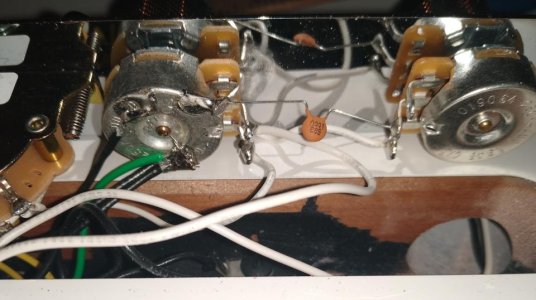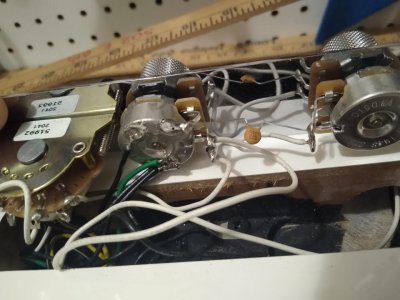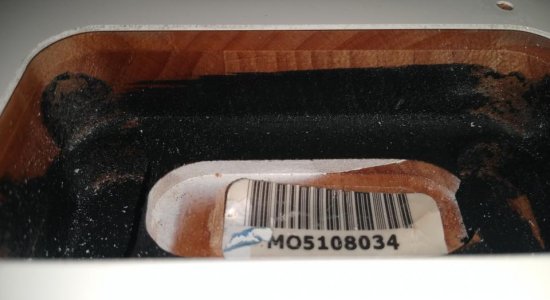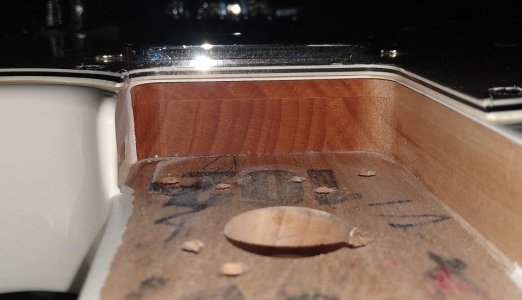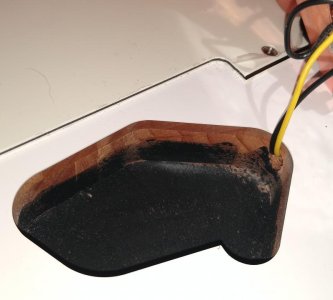alex1fly
Well-known member
So I'm on the hunt for a Telecaster to add to the family, and I opened up the control cavity of this new Fender Player Series Tele. I'm not an expert in guitar construction, but it looks to me like there's three distinct layers - the alder portion is on bottom, with a layer of another wood on top (the top 1\4 or so), and then the white part almost looks like a thin bit of painted laminate or veneer. I can't find anything in the specs about multiple wood types, but dang if it doesn't look like there's multiple layers of material going on. What do you all see here?

